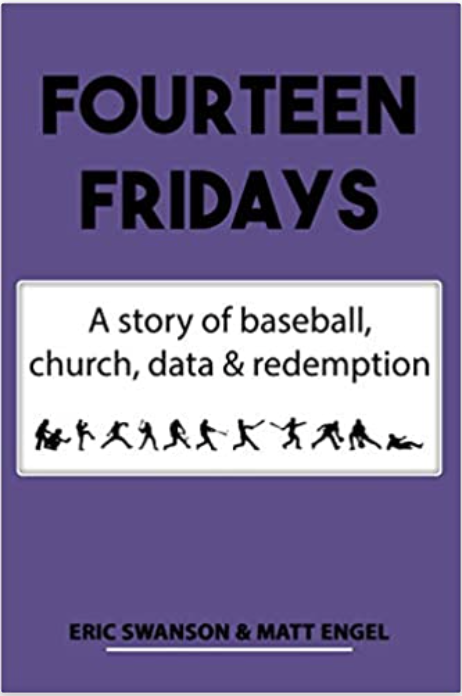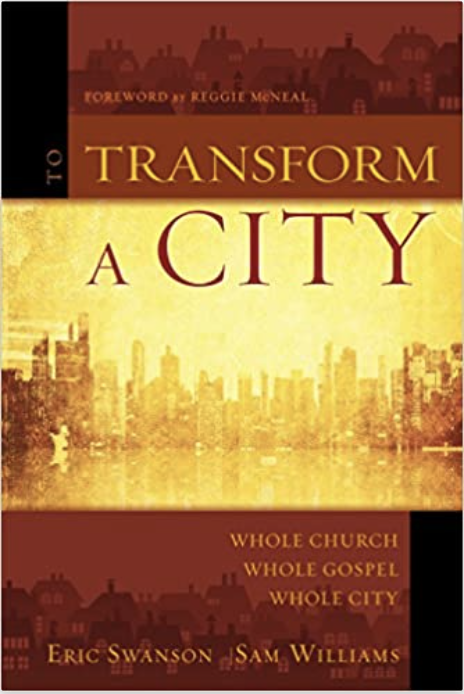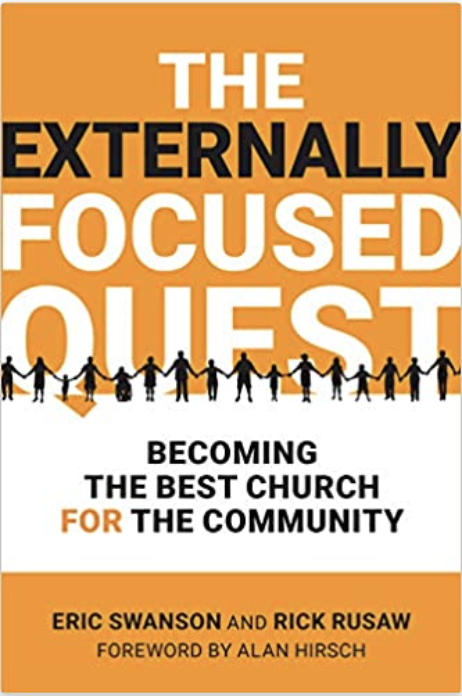Platforms and city transformation
Platforms are breaking the traditional rules of how value is created and how customers are being served. Platforms are the most disruptive business model in history. Think about it; “The world’s largest taxi company, Uber, owns no vehicles. The world’s largest media owner, Facebook, creates no content. The most valuable retailer, Alibaba, has no inventory. The world’s largest accommodation provider, Airbnb, owns no real estate.”[i] Every day…70 million photos / videos are shared on Instagram. Every day…500 million tweets are shared on Twitter. Every minute…300 hours of video uploaded on YouTube. Every minute…8,796 photos shared on Snapchat. Each of these companies have discovered the power of platforms to create value and serve customers. What can we as city movement leaders learn from the world of platforms? For my first post on city transformation as a platform click HERE
Definition: A platform is an infrastructure that allows multiple participants (producers and consumers) to connect to it, interact with each other and create and exchange value.[ii] A platform enables exchange of information, goods/services, money, attention etc. between the producer and consumer more effectively than participants could do if they bypassed the platform.
The goal of a platform is to enable interactions between producers and consumers. It achieves this by
- Architecting incentives that repeatedly pull participants to the platform
- Providing a central infrastructure on which participants create and exchange value
- Matching participants with each other and with content/good/services created on the platform[iii]
What if…we began thinking of city transformation as a platform that connected and created value for every person in your city?
Characteristics of a well-architected platform
A well-architected platform takes much intentionality and many reflective pivots and iterations. Here are a few characteristics well-architected platforms:
- A well-designed platform allows people to contribute and cooperate without having to “partner” with others who are doing the same
- Platforms don’t make people do things they help people do things. Think of platforms as a free market where no one forces people to buy or people to sell but through every voluntary exchange, all participants benefit
- Platforms democratize the opportunity for anyone to contribute and make an impact
- Successful platforms help happen “that which wants to happen” and architect the platform around that energy. e.g. Beautiful Day served as a platform for churches and schools to meet and exchange value
- Platforms tap a previously untapped labor force. Think of untapped labor that Jesus spoke about in the parable of the idle laborers (Matthew 20:6).Who ever thought that 200,000 people would want to use their cars and serve as taxi drivers through Uber? Who ever thought two million people would be willing to rent a room in their house to a stranger through Airbnb? Who ever thought so many people would want to create really good videos and be willing to post them for free on YouTube?
- Platforms are adopted for self-interest.[iv] People will only be attracted to a holistic transformational movement based on how that movement benefits them (note: self-interest is not selfish interest. We want to create a symbiotic community, not a parasitic community—where one entity benefits at the expense of the whole)
- Because platforms are designed for self-interest we will know we have a solid platform when we can define the interests (incentives) of all existing and future constituents (faith leaders, school superintendents, venture capitalists, business leaders, donors, artist, techies, mayors, church planters, etc.)
- A well-architected platform scales to benefit a greater number of people without significantly increasing marginalized costs to the platform. Instagram had a paltry 14 employees when it was bought by Facebook for $1b. WhatsApp had a mere 40 employees but was growing at a million users a day when it was acquired by Facebook for $19b.
- Though neutral, platforms are architected to keep out exploiters and parasites. Neutral does not mean passive.
- Platforms try to do as little work as possible. Rather, they create the infrastructure and tool set that make it simple for other people to do great work. (Think of the awesome website you have on Facebook. This is possible, not because you know HTML or Ruby on Rails but because Facebook has created great tools to allow you to build…through posts, photos, videos, link, likes, comments, etc.) a great site.
What if…we created such a platform?
One core interaction
Every platform is built around one value-creating core interaction between participants. The goal of platforms is to optimize and eventually scale that one core interaction. A core interaction is defined as “a set of actions that producers and consumers on your platform perform repeatedly to gain value out of the platform.”[v] It achieves this by
- Architecting incentives that repeatedly pull these participants to the platform
- Providing a central infrastructure on which participants create and exchange value
- Matching participants with each other and with content/good/services created on the platform (matching makes the difference between a portal and a platform)
- Maximizing the repeatability and efficiency of the one core interaction (Sangeet Paul Choudary calls platforms “interaction engines”)
- (The one core interaction is what is measured…not the peripheral activity. e.g. Airbnb measures “number of room nights rented” not how many page views or click-throughs on their Website)
So for instance…
- YouTube is a platform for the hosting (production) and viewing (consumption) of videos
- Kickstarter is a platform for the hosting (production) and backing (consumption) of projects!
- Twitter is a platform for the creation (production) and consumption of tweets
- Etsy is a platform for selling (production) and buying (consumption) actual physical products leveraging information about them (listings)
- Uber is a platform for booking a car, leveraging information (car availability) to match producers (taxi drivers) with consumers (taxi seekers)[vi]
- org and VolunteerMatch are platforms that connects organizations that need volunteers with people who want to volunteer.
What if…city transformation was a platform designed around one core interaction—facilitating a “life-giving interaction”[vii] among people and organizations in the city?
Role of platform owner (our role):
- Identify the core interaction that our platform enables
- Remove all bottlenecks in the core interaction to ensure that it gets completed
- Ensure that the core interaction is repeatable and repeats often
What if…we saw this as our role—to identify the core, life-giving interactions, removed the bottlenecks and worked to make life-giving interactions easy, likely, repeatable, scalable and common?
What if…our “core interaction” was identified as “one Christ-follower helping another person experience life (physically, spiritually, emotionally, relationally, economically, vocationally, etc) a little bit more like God intended life to be like.? Such life-giving interactions would include:
- Sharing the gospel with a neighbor
- Mentoring a single parent
- Establishing a church-school partnership for every school
- Two church elders delivering a bag of groceries to a single mom in the neighborhood and praying for her
- A trucking company owner who hires 10 percent of her workforce from among the most difficult to employ
- A healthy, caring family adopting a foster kid
What if…every believer in your city had a story to tell about how they helped make life more like God intended it for someone else in your city?
If this were the case our business would not be running programs or creating portals to opportunities but would be enabling value-creating interactions among people and organizations in our city.
Platform design 101
Every platform needs three things to be viable—architectural principles, rules and tools that make it easy for people to use the platform
- Architectural principles
- Must have a magnet to attract the very best and brightest generative leaders from every domain and every sector in the city
- Design around maximizing the most valuable interactions between producers and consumers
- Designed to take advantage of “cognitive surplus”[ix]
- On platforms, creators and consumers are “roles” not fixed as individual identities. Creators also consume and consumers also create
- Design around the creation of a symbiotic community where everyone benefits
- Design to keep parasites out—people who want to get at the expense of the ecosystem
- Platform architecture must make it easy and likely for users to create, consume and curate valuable interactions
- Must be architected to easily and rapidly adapt and evolve
- Design questions (by Sangeet Paul Choudary)
- What is the core interaction that the platform enables?
- What is the unit of value created on the platform such that,, without it, the platform has little or no value? What is the supply or inventory created on the platform?
- Who are the producers of value? What motivates them to produce?
- Who are the consumers of value? What motivates them to consume?
What if…we scaled by increasing the frequency and scope of those life-giving interactions?
- Tools—Every platform has a set of tools that simplify the value-creating interactions among users
- Ideally platforms don’t do any “work” per se but create tools for people to do the work themselves. Platform value is created as the users do the work.[x] Twitter and Facebook are worthless unless users are doing the work of posting.[xi] We don’t want to compete with or supplant any existing transformational efforts. We do want to create tools to multiply their effectiveness
- Platforms have “onboarding tools” that makes it simple for people to contribute / gain value from what the platform provides
- Energy should not be put into hiring more staff but creating the tools to maximize the creative and redemptive energy that is already present in the city
- Rules—Every platform has to be consciously governed through a set of user and participation rules
- Governance—decision, design and participation rights
- Gatekeeping—users, content, activity, & promotion
Platforms allow anyone to be a contributor and anyone to be a beneficiary…if they play within the rules. Rules for participation must be upfront and visible so the platform cannot be “gamed.” Those who don’t want to abide by the rules can’t be on the platform.
Platforms are not passive
The best platforms have world-size goals. Check out the world-class missions of some of the better-known platforms:
- Facebook: “To give people the power to share and make the world more open and connected. People use Facebook to stay connected with friends and family, to discover what’s going on in the world, and to share and express what matters to them”
- Google: “To organize the world’s information and make it universally accessible and useful”
- Amazon: “To be Earth’s most customer-centric company, where customers can find and discover anything they might want to buy online, and endeavors to offer its customers the lowest possible prices”
- Apple: “To make a contribution to the world by making tools for the mind that advance humankind”
- Uber: “To evolve the way the world moves”
- Airbnb: “To connect millions of people in real life all over the world, through a community marketplace– so that you can belong anywhere”
Transformational city movements can have huge goals and a platform approach may very well be the best way to realize those goals through others
Platforms help turn latent energy into active energy
Whoever knew that so many people wanted to tell the world about their lives through words and pictures until Facebook came along? Whoever knew that so many people wanted to rent rooms out and so many people who wanted stay with families until Airbnb created a platform to facilitate this action? Whoever knew that so many people wanted to work all day rehabbing schools and houses until ShareFest came along? Platforms discover new, untapped sources of labor to do the work.
All around your city there are people who long to make a difference in the world—its just part of who God made them. These are not only people of good faith but also people of good will. Some want to make a difference spiritually, others physically, educationally, economically, or relationally. How can your city movement act as a catalyst to transform that longing into action? How can we capture that energy? That’s our challenge.
For millennia rivers flowed with tremendous force but it wasn’t until the water wheel was invented that passive energy was translated into active energy. For thousands of years the wind blew but it is the windmill and movable sail that converted latent energy into active energy. Since the world began the sun has been emitting energy but it is the solar panel that converted that latent energy into active energy. What if your city movement acted like the windmill, water wheel and solar panel to capture the kingdom energy of the city? What if we were not satisfied until everyone (or at least every identified Christ-follower) in your city was, at some level engaged in making life better for another person in your city?
A great place to learn more about platforms is to watch / read anything by Sangeet Paul Choudary. He recently released Platform Scale.
[i] http://techcrunch.com/2015/03/03/in-the-age-of-disintermediation-the-battle-is-all-for-the-customer-interface/
[ii] Sangeet Paul Choudary
[iii] Sangeet Paul Choudary
[iv] Scott Beck says, “A well-architected platform, adopted for self-interest, leads to collaboration and releases the power of the collective”
[v] http://platformed.info/the-core-interaction-platform/
[vi] http://platformed.info/the-three-design-elements-for-designing-platforms/
[vii] A life-giving interaction is one that mutually benefits both the giver and the receiver creating a virtuous cycle. (“Whoever loses his life, for my sake, will find it” Matthew 16:25)
[viii] Core process first defined by Scott Beck
[ix] “The ability of the world’s population to volunteer and to contribute and collaborate on large and sometimes global projects” Clay Shirky
[x] http://techcrunch.com/2015/03/03/in-the-age-of-disintermediation-the-battle-is-all-for-the-customer-interface/
[xi] Choudary. P. 17









Eric – brilliant article! I would love to hear more of what your team is dreaming and designing along these lines.
Thanks for using the metaphor of the “platform” to describe the kind of engagement model that is needed in cities. The platform metaphor describes a powerful reality that exists when a real movement is occurring. There are many organizations that fall short of leading a city movement, even though their name might lead one to believe otherwise. These organizations fall short when they limit themselves to leading a few well-defined programs instead of unleashing thousands to lead hundreds of well-defined programs. Those that lead movements are those who see the big picture and help each person discover a meaningful role in delivering a piece of God’s future reality into the present.
See you in Cincinnati September 21-22.